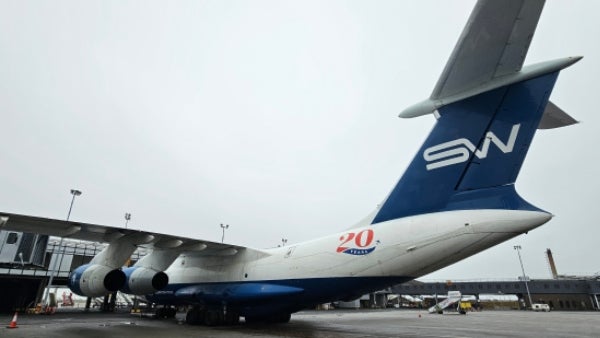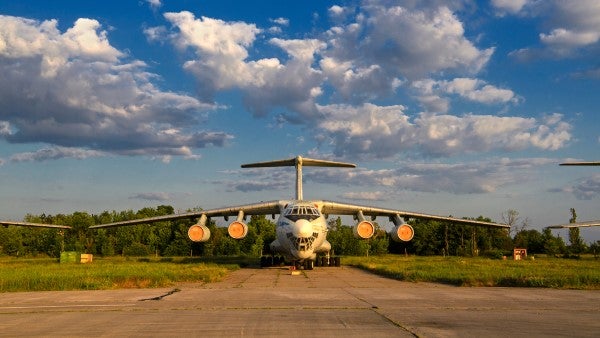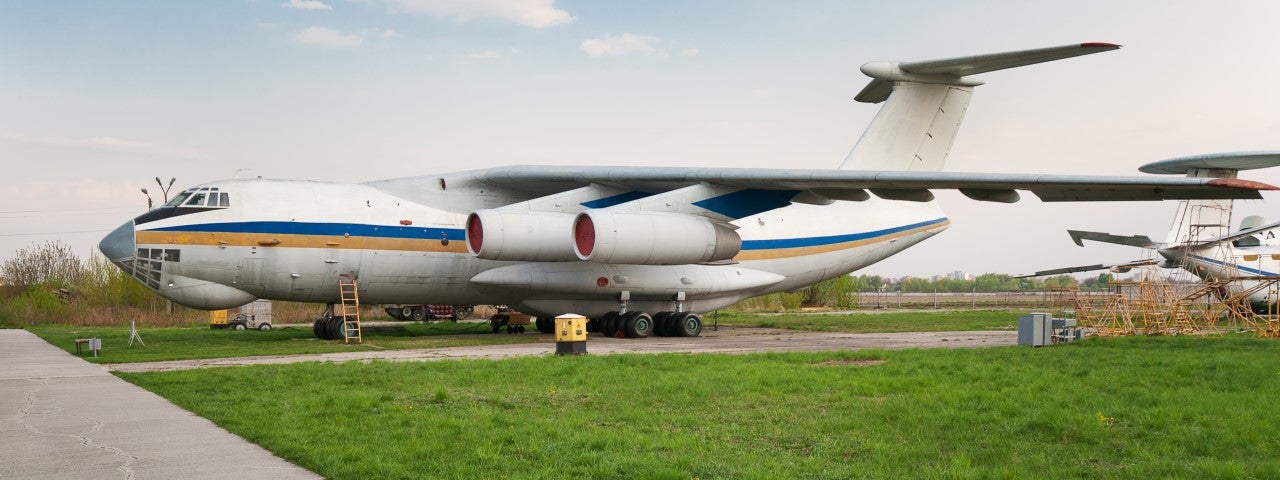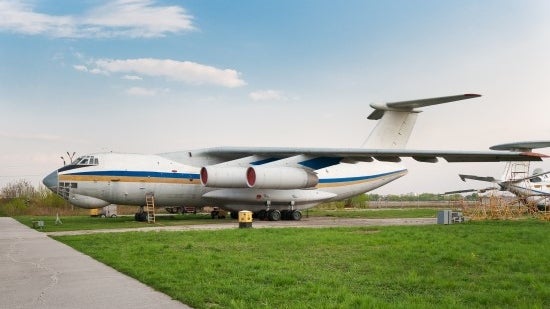Spotlight: Ilyushin Il-76
Read on to discover the remarkable journey of the Ilyushin Il-76, a versatile cargo aircraft with an extensive history in both military and civilian aviation.
Design and Development
Ilyushin Il-76, also known by its NATO reporting name, ‘Candid’, is both a versatile and robust aircraft, which has served both military and civilian populations since its introduction. Designed by the now-defunct Soviet Union’s Ilyushin design bureau, the Il-76 first took to the skies in 1971, and has since become a workforce in the realm of strategic and tactical airlift operations.
Initially created to meet the Soviet Union’s need for an air freighter capable of transporting heavy machinery to remote areas, this high-wing stalwart is powered by four Soloviev D-30 turbofan engines, which provide the necessary thrust for the aircraft’s impressive payload of 45 tonnes. The Il-76’s long-haul capabilities make it invaluable for a variety of different applications, which has meant that the original has spawned variations including those for aerial refuelling (Il-78), airborne early warning and control (Beriev A-50), and firefighting.
Key facts and statistics
- Maiden flight: 1971
- Introduction: 1974
- Size: 1850cm (l) x 340cm (w) x 320xm (h)
- Payload: 45,722kg / 99,208lb (and up to 25401kg / 56000lb in one single item)
- Features:
- Four Soloviev D-30 turbofan engines (providing the necessary thrust for the payload);
- Able to operate from short and unpaved runways;
- Was designed to be able to withstand the worst weather conditions experienced in the Siberian and Arctic regions;
- A T-tail design giving excellent access to the spacious cargo hold.


Operations
Though originally designed for military use (which still operate within a number of nations’ air forces, including Ukraine, India and China), the Il-76 has cut its teeth in civilian usage as a workhorse for humanitarian and disaster relief operations, thanks to its ability to deliver large quantities of supplies to areas with limited infrastructure. The Il-76’s robust construction and advanced avionics systems have proven it a beacon of reliability in some of the world’s most challenging aeronautical environments.
The versatility of the Il-76 means that it is regularly called upon by a variety of professional industries as well as providing for aid and disaster relief – these include the transportation of parts for the oil and gas industry, including drill bits for drilling platforms, and for parts for any aircraft on ground (AOG) eventualities, due to the Il-76’s ability to transport large items, such as aircraft engines.
Despite half-a-decade having elapsed since its introduction, the Il-76 continues to be as relevant today as it ever has been. Modernised versions, such as the Il-76TD-90VD, have been equipped with newer engines (PS-90) to meet contemporary requirements for both noise pollution and emission standards. Still in production today (with updated variants), the Il-76 is a testament to Soviet-era engineering, and the aircraft’s enduring utility and the continued demand for its capabilities. While the aircraft is a mid- to long-range cargo aircraft, it has a multitude of applications, and can fly shorter hops if required. Whether delivering critical supplies to disaster zones, or supporting military operations, the Il-76 has proven itself to be an indispensable asset to the world of air freight.
To learn more about the Ilyushin Il-76, discuss its practical application, or to discuss your air freight requirements more generally, contact one of our charter consultants today.

 Read on to discover the remarkable journey of the Ilyushin Il-76, a versatile cargo aircraft with an extensive history in both military and civilian aviation.
Read on to discover the remarkable journey of the Ilyushin Il-76, a versatile cargo aircraft with an extensive history in both military and civilian aviation.

